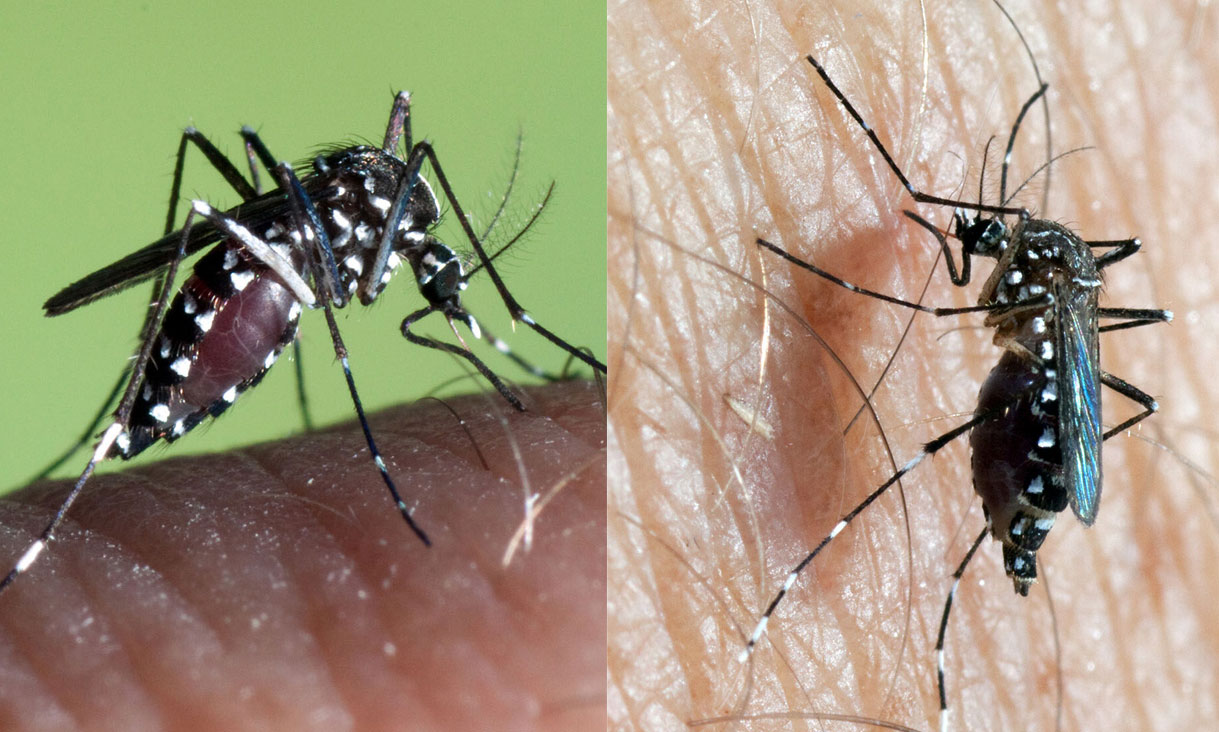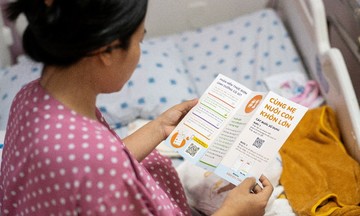Answer:
Dengue and Chikungunya are two viral infectious diseases transmitted from person to person through the bite of infected female Aedes mosquitoes, primarily Aedes aegypti and Aedes albopictus.
Both are Aedes mosquitoes, but their origins differ. Studies show that Aedes aegypti originated in sub-Saharan Africa. There, they fed on animal blood for reproduction and typically laid eggs in tree hollows. Beginning centuries ago (15th-19th centuries), Aedes aegypti spread to other regions via slave trading ships and expanding international commerce. Today, this mosquito species is prevalent in tropical and subtropical regions globally. For survival, they now prefer to live among and feed on humans.
Aedes albopictus originated in the tropical and subtropical forests of Southeast Asia. Also known as the Asian tiger mosquito, it closely resembles the Aedes aegypti.
Human activity has also facilitated the spread of Aedes albopictus to other continents through transcontinental travel. Aedes albopictus tolerates colder temperatures better than Aedes aegypti, capable of continuous survival and reproduction at temperatures above 10 degrees Celsius in Japan and as low as -5 degrees Celsius in the US. Consequently, this mosquito species has a wider potential disease transmission range, extending further north. Antarctica is the only continent where this mosquito species has not yet appeared.
 |
Aedes aegypti (right) and Aedes albopictus (left) are the vectors that transmit dengue and Chikungunya from person to person. Photo: *European Centre for Disease Prevention and Control* |
Amidst the widespread Chikungunya outbreak with over 240,000 reported cases and approximately 90 deaths across 16 countries and territories, the Ministry of Health has recently mandated epidemiological surveillance at border crossings. Individuals returning from affected areas should monitor their health for 12 days to ensure early detection and prevent potential outbreaks.
Nationwide, dengue fever is also entering its peak season, with several localities experiencing infection rates multiple times higher than the same period last year. Therefore, the Ministry of Health advises residents to take proactive measures to protect their health.
People can implement simple measures: Inspect water containers, eliminate mosquito larvae, clear waste and bushes around homes, regularly change water in flower vases and pots; adopt the habit of sleeping under mosquito nets, wearing long clothing, and using mosquito repellent. These methods can help reduce mosquito bites and eliminate mosquitoes, minimizing the risk of infection.
Dengue fever is now preventable through vaccination. The vaccine is recommended for children aged 4 and older and adults, administered in two doses, three months apart. It prevents infection and re-infection by over 80% and reduces the risk of hospitalization by over 90%.
Additionally, individuals who frequently travel to or within epidemic areas, such as some regions in sub-Saharan Africa, South America, and Central America, should consider getting vaccinated against yellow fever. This disease is also transmitted by Aedes aegypti. Vaccination is recommended at least 10 days before travel, consisting of a single dose for individuals 9 months and older.
Doctor Tran Huynh Tan
Medical Manager, VNVC Vaccination System
Readers can submit vaccine-related questions for doctors to answer here.












